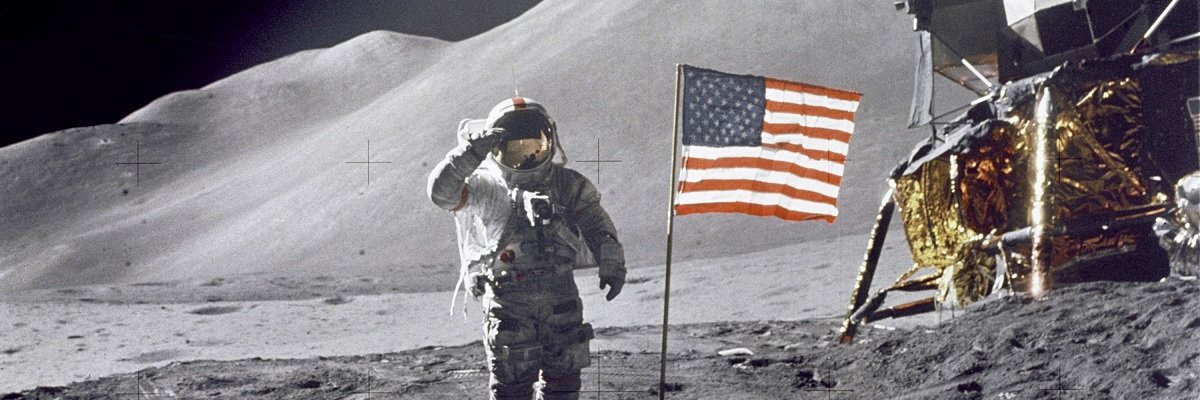Memos unearthed in the Central Intelligence Agency archives show that at the height of Reagan’s renewed Cold War, the CIA’s Deputy Director, future Secretary of Defense Robert Gates, had a meeting with James C. Fletcher, head of the National Aeronautics and Space Administration.

The purpose was to discuss Fletcher’s concerns about the Soviet space program, particularly the possibility that the USSR might beat the U.S. in sending a manned mission to Mars.

While Fletcher advised that stopping the Reds from making the Red Planet redder was a practical impossibility, Gates spitballed an alternative - why not establish a permanent U.S. presence on the moon?

Fletcher liked the idea, so Gates ran it by the Agency’s Director of Scientific and Weapons Research, who absolutely adored it. There was tremendous scientific value, it would be an important first step in interplanetary travel, and - not unappealingly - it would be “spectacular” - “everyone looks at the moon and will be reminded that a US base is there.”

In fact, it was such a good idea, the Agency couldn’t understand why NASA hadn’t thought of it sooner.

If you’re wondering why Fletcher was so keen on joining the Agency in taking the Cold War to the moon, there’s a pretty strong hint near the end of Gates’ memo. Since Reagan had taken office, NASA had felt like its budget was on the chopping block - and in 1986, stoking fear of Soviet expansionism seemed like the safest way to stay in the President’s good graces.

As far as we’re aware, NASA never did establish a base on the moon (our moon, at least), and 1992 brought us not a Soviet mission to Mars but the collapse of the Soviet Union. Alas.
Read the memos, and dream of what could have been, below.
Image via Wikimedia Commons




